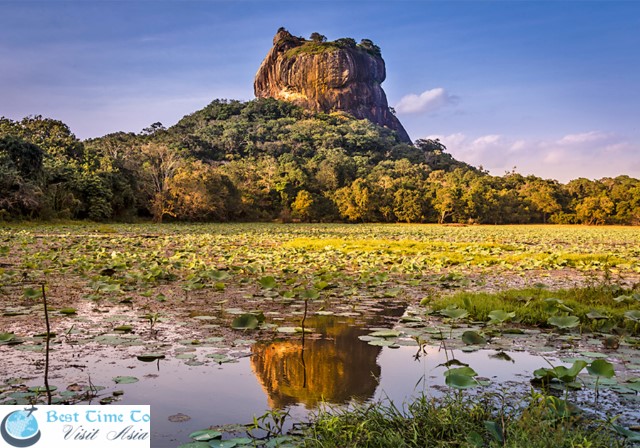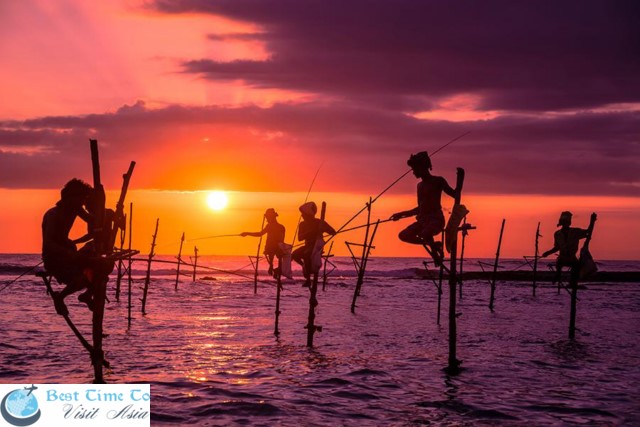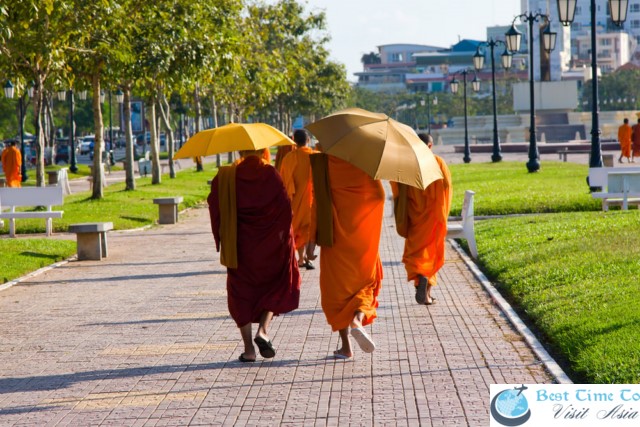Sri Lanka traveling
- Sri Lanka has attracted travelers for centuries. Marco Polo delineated it as the finest island of its size in the world. Balanced just above the Equator amid the balmy waters of the Indian Ocean, the island’s legendary fame for natural beauty and plenty has influenced an almost magical regard even in those who have never visited the place.
- Romantically inclined geographers, poring over maps of the island, compared its outline to a teardrop falling from the tip of India or to the shape of a pearl (the less softhearted Dutch likened it to a leg of ham), while even the name given to the island by early Arab traders – Serendib – gave rise to the English word “serendipity”.
 |
| Sri-Lanka-Sigiriya-Rock |
- Marco Polo’s bold claim still holds true. Sri Lanka packs an extraordinary variety of places to visit within its modest physical dimensions, and few islands of comparable size can boast a natural environment of such beauty and diversity. Sri Lanka boasts more than two thousand years of recorded history, and the noteworthy achievements of the early Sinhalese civilization can still be seen in the continuation of ruined cities and great religious monuments that litter the northern plains.
The glories of this early Buddhist civilization continue to provide a benchmark of national identity for the island’s Sinhalese population, while Sri Lanka’s historic role as the world’s oldest stronghold of Theravada Buddhism lends it a unique cultural identity that permeates life at every level. There’s more to Sri Lanka than just Buddhists, however. - The island’s geographical position at one of the most important staging posts of Indian Ocean trade laid it open to a uniquely wide range of influences, as generations of Malay, Arab, Portuguese, Dutch and British settlers subtly transformed its culture, architecture and cuisine, while the long-established Tamil population in the north have established a vibrant Hindu culture that owes more to India than to the Sinhalese south.
However, this very diversity that has long threatened to tear the country apart. But now, The island is experiencing peace for the first time in a generation, and although the physical, political and human scars of war remain raw in many places, most Sri Lankans are now once again looking to the future with secured optimism.
 |
| Sri_lanka_fishermen |
In My blog I have useful travel articles for people who travel in Asia as in Vietnam, Laos, Cambodia, Malaysia, Thailand.


